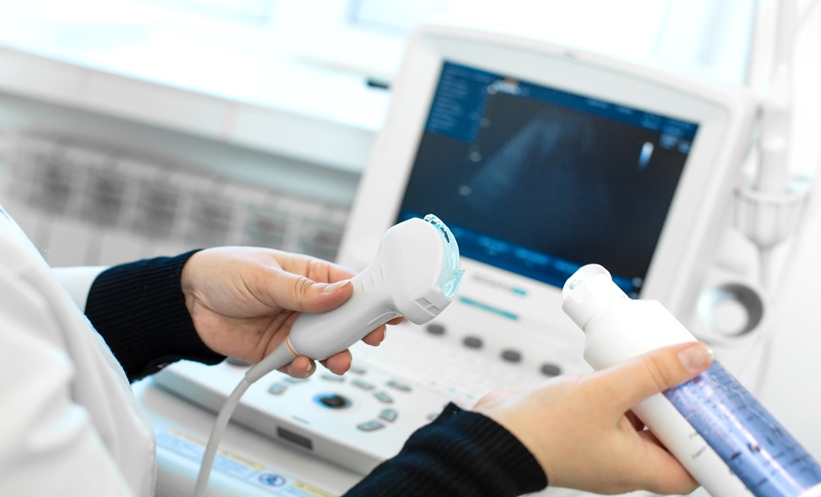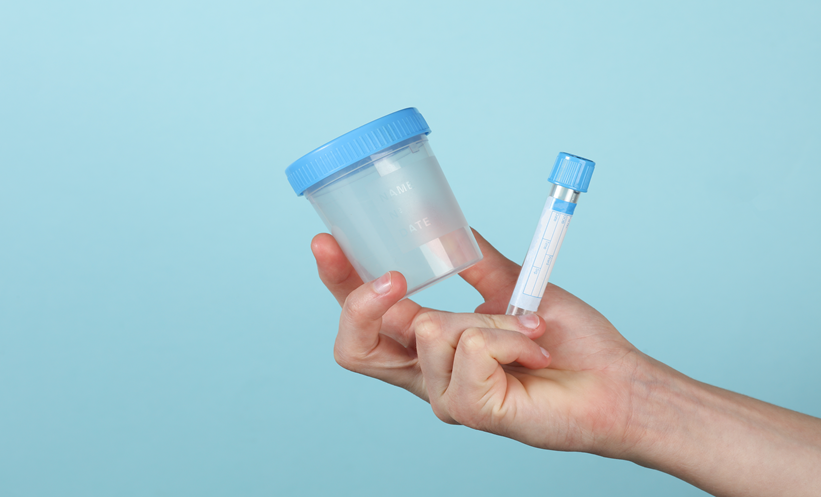INTRODUCTION AND OBJECTIVES
Prior to the prostate-specific antigen (PSA) era, up to 27% of prostate cancers (PCas) were detected incidentally at the time of transurethral resection of the prostate (TURP).1 In the last decades, the introduction of PSA in daily clinical practice decreased the rate of unexpected incidental PCa (iPCa) after benign prostatic hyperplasia (BPH) surgical treatment.2,3 Moreover, the broad diffusion of novel diagnostic tools, such as multiparametric magnetic resonance imaging (MRI) has deeply changed clinical practice in the setting of PCa diagnosis.4 For these reasons, we aimed to assess current rates and temporal trends of iPCa detection in the last decade.
METHODS
We collected data from 84 patients submitted to surgical treatment for BPH from January 2008–September 2016 at one tertiary-referral academic centre. All patients were comprehensively assessed with a detailed preoperative evaluation including age at surgery, BMI, digital rectal examination performed by a senior attending urologist and serum total prostate-specific antigen (PSA). Preoperative prostate volume was routinely assessed with transurethral prostate ultrasound (TRUS). A preoperative prostate biopsy was performed in case of suspected PCa, based on digital rectal examination, age, and total PSA. Patients with preoperative positive biopsy and/or PSA ≥10 ng/mL were excluded from the analysis. Histopathological specimens were available for all cases. Patients were categorised according to the year of surgery into three subsequent time-frames (i.e. 2008–2010 versus 2011–2013 versus 2014–2016). Descriptive statistics were applied to assess potential differences in overall clinical characteristics and rates of iPCa over time.
RESULTS
The three groups, 2008–2010 versus 2011–2013 versus 2014–2016, did not differ in terms of mean standard deviation (SD) age (66 [SD: 8.1] versus 65.9 [SD: 7.2] versus 62.7 [SD: 6.6] years; p=0.5) mean total PSA (3.2 [SD: 2.3] versus 3.0 [SD: 2.3] versus 3.5 [SD: 2.4] ng/mL; p=0.1). Conversely, patients treated over the years 2014–2016 had significantly higher mean prostate volume (cc) (91.1 [SD: 3.8] versus 63.5 [SD: 6.5] versus 39.4 [SD: 1.9] mL; p=0.001) than over the previous two time slots. Overall, 380 (44.8%), 350 (41.3%), and 118 (13.9%) patients were treated with TURP, holmium laser enucleation of the prostate (HoLEP), and open prostatectomy (OP), respectively. A history of preoperative negative biopsy was more frequently reported during the period of 2008–2010 (121 [24.4%]) than in 2011–2013 (13 [10.8%]), and in 2014–2016 (7 [3%]) (p=0.00; chi2: 5.4). Overall, iPCa was found in 46 (5.4%) patients, with 97.7% (45) of them having a Gleason Score 3+3 disease and 1 patient having a Gleason Score 4+4 disease. The rate of iPCA did not significantly differ among patients treated in 2008–2010 (28 [5.6%]) versus 2011–2013 (4 [3.3%]) versus 2014–2016 (14 [6%]; p=0.6). Similarly, rates of cT1a disease did not differ among groups: 23 (88.5%) versus 4 (100%) versus 13 (81.2%); p=0.5.
CONCLUSIONS
Despite the increase in PSA screening and the broad diffusion of innovative diagnostic tools for PCa detection, the rate of unexpected iPCa after BPH surgery did not significantly change in the last decade and ranges stably between 4% and 6%. Interestingly, a trend toward a decrease indication for preoperative prostate-biopsy was observed.








